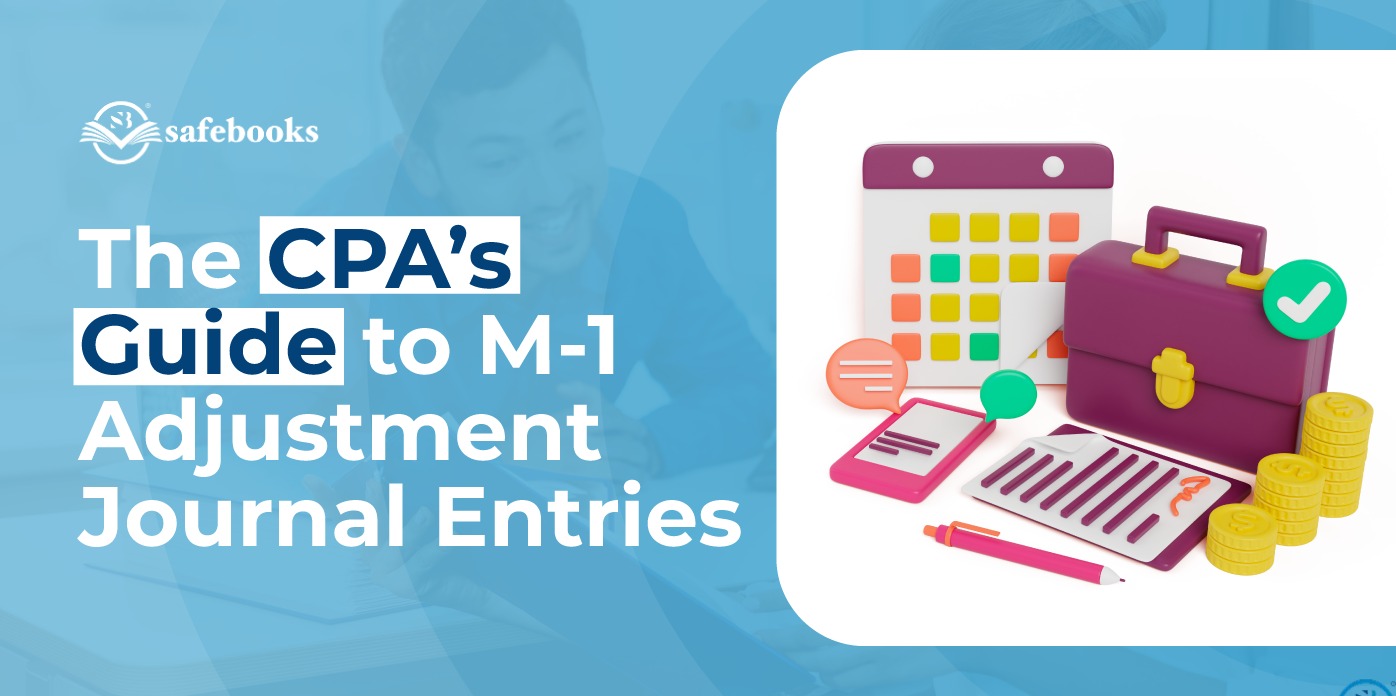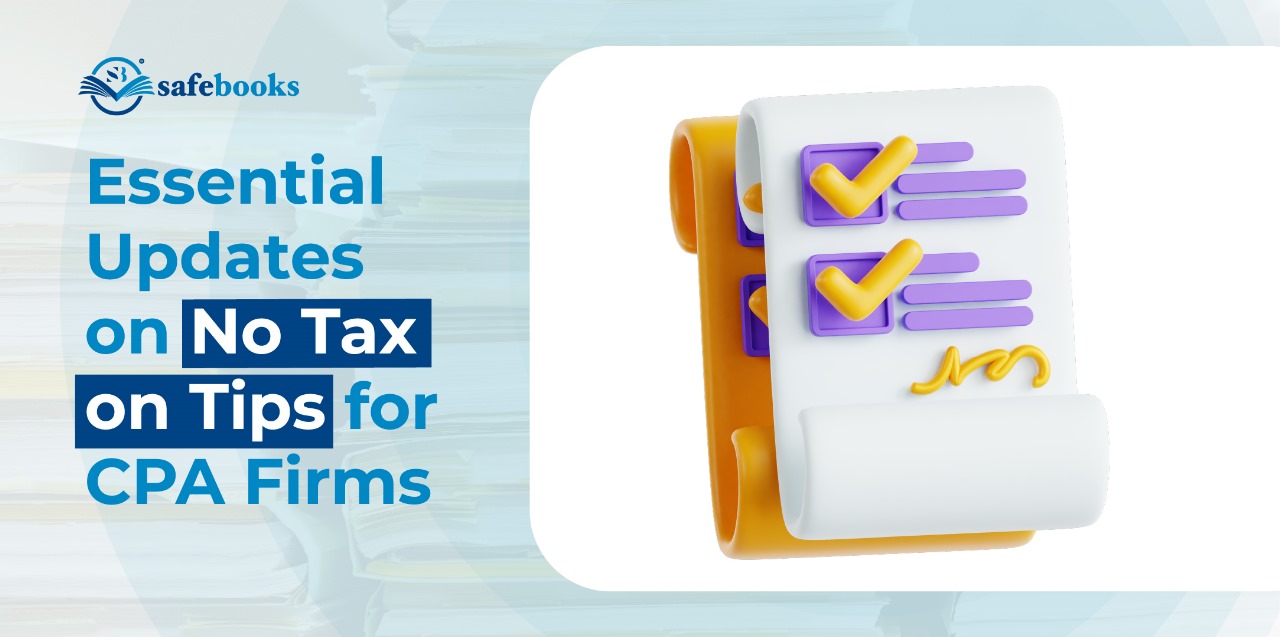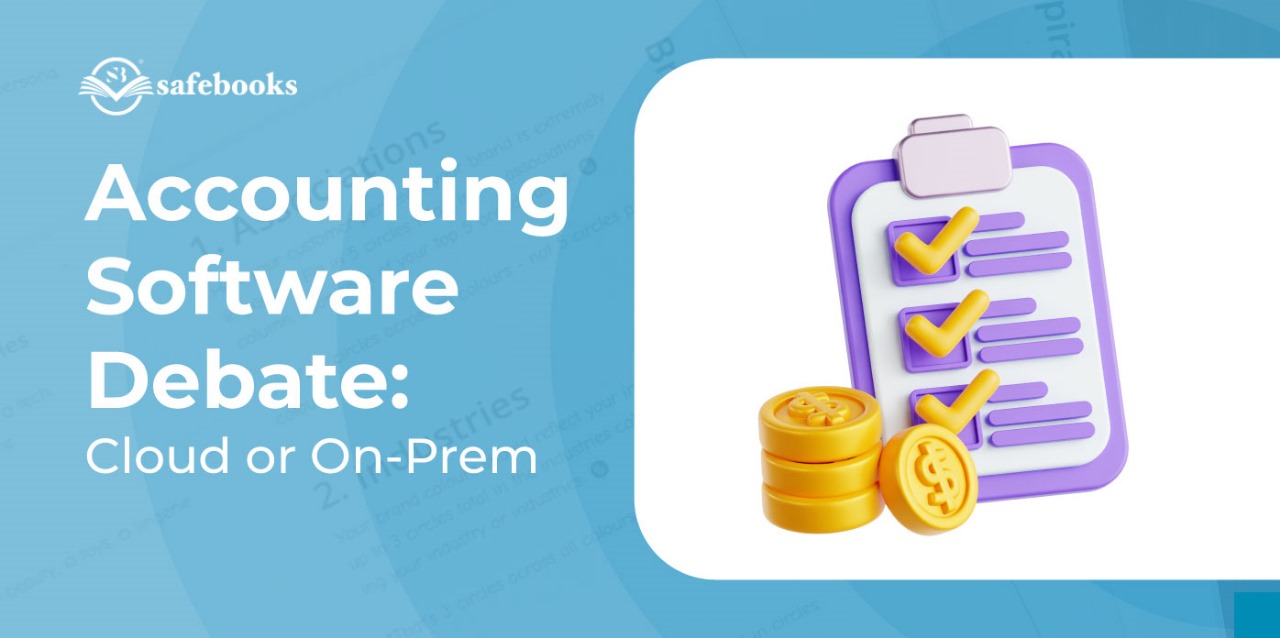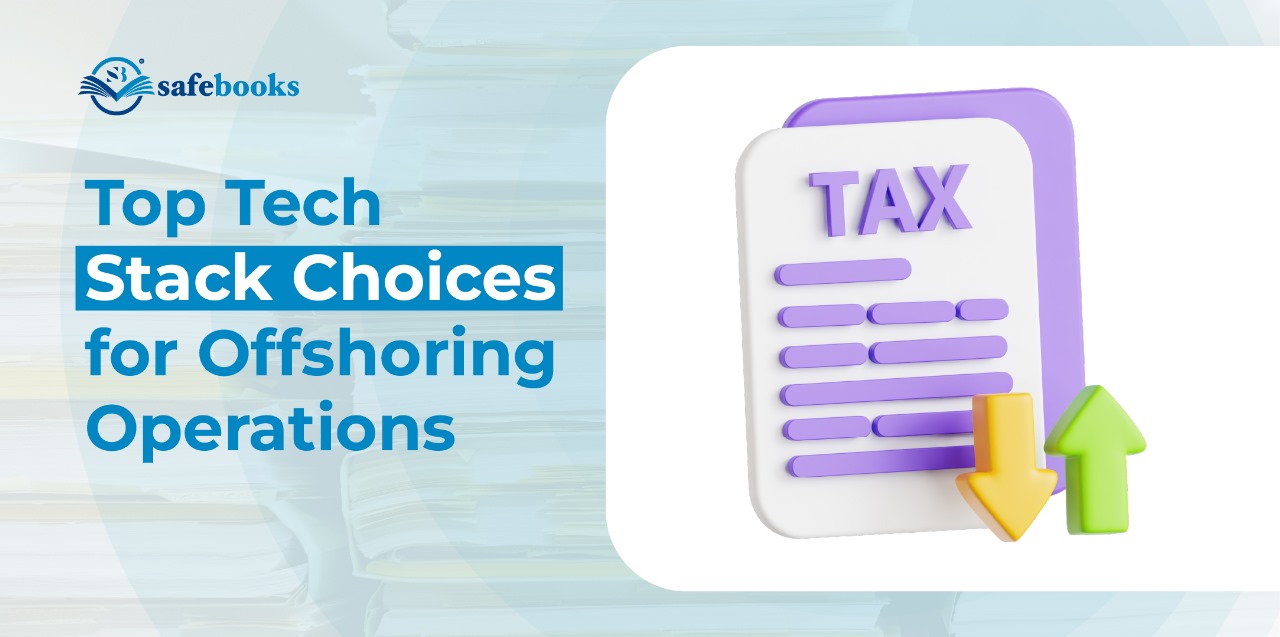Why CPAs Struggle With M-1 Adjustments
Ask any CPA about Schedule M-1, and you will hear the same sigh. Reconciling book income under GAAP with taxable income under the Internal Revenue Code is rarely straightforward.
- Depreciation rules change depending on whether you are using straight-line, MACRS, or Section 179.
- Meals and entertainment deductions rarely match book treatment.
- Prepaid expenses, accrued liabilities, and bonus accruals all test the boundaries of the “all-events” and “economic performance” rules.
The result is that book and tax numbers never match, and CPAs must carefully document every difference. A clean M-1 can be the difference between a quick audit sign-off and months of IRS questions.
If your firm manages distributed or offshore teams, this complexity multiplies. Setting up the right remote accounting workflow is often the first step toward staying audit-ready.
The Rulebook: How to Post M-1 Adjustments Correctly
At the journal entry level, there are two golden rules for M-1 adjustments:
- Never post to book P&L accounts. Federal Tax Expense and book-side ledgers remain untouched.
- Always post between M-1 workpaper accounts. These are off-book accounts built to track differences.
Directional logic CPAs rely on:
- Book > Tax (book shows more expense or less income):
M1 Temporary Difference (Debit) / M1 Specific Difference (Credit) → Add-back (taxable income goes up). - Tax > Book (return shows more deduction or less income):
M1 Specific Difference (Debit) / M1 Temporary Difference (Credit) → Subtraction (taxable income goes down). - Permanent differences (non-deductible expenses, tax-exempt income): One-time posting, no reversal.
This framework keeps M-1 adjustments clean, auditable, and aligned with ASC 740 provisions.
The M-1 Adjustment JE Table Every CPA Needs
Purpose: Track temporary and permanent differences between book and tax income.
Rule: Never post to book P&L accounts like Federal Tax Expense. All adjustments use M1 accounts.
Category | Type | Example Scenario | Workpaper JE (Debit/Credit) | Reversal? | Taxable Income Effect | Explanation |
| Depreciation | Temporary | Book SL $20k vs Tax §179 $60k → $40k diff | M1 Depreciation (Debit) $40k / M1 Temp (Credit) $40k | Yes, reverses over asset life | Taxable income goes down | Tax law allows faster depreciation than book. Creates timing difference that reverses as book catches up. |
| Meals & Entertainment | Permanent | $10k meals; 50% deductible → $5k disallowed | M1 Permanent (Debit) $5k / M1 M&E (Credit) $5k | No | Taxable income goes up | Book allows 100% expense, but tax law only permits 50%. Non-deductible portion is permanent. |
| Prepaid Expenses | Temporary | $24k prepaid insurance; tax deducted in Y1, book expensed Y2 | M1 Prepaid (Debit) $24k / M1 Temp (Credit) $24k | Yes, in Y2 | Taxable income goes down | Tax allows deduction when paid, book matches to period of coverage. Timing difference reverses in future year. |
| Accrued Expenses | Temporary | $30k accrued legal fees; paid Y2 | M1 Temp (Debit) $30k / M1 Accrued (Credit) $30k | Yes, when paid if not within 8.5 months | Taxable income goes up if not paid within 8.5 months | Under the recurring item exception, an accrued expense can be deducted in Y1 if the all-events test is met and it is paid within 8.5 months after year-end. Otherwise deductible when paid. |
| Bonus Accruals | Temporary | $100k accrued, paid after 2½ months | M1 Temp (Debit) $100k / M1 Bonus (Credit) $100k | Yes | Taxable income goes up | Deductible only if paid within 2½ months after year-end. Book accrues, tax allows later. |
| Bad Debts | Temporary | $50k reserve (book) vs $35k write-off (tax) | M1 Temp (Debit) $15k / M1 Bad Debt (Credit) $15k | Yes | Taxable income goes up | Book uses allowance method, tax uses direct write-off. Timing difference reverses as actual write-offs occur. |
| Charitable Contributions | Temp/Perm | $120k donated; $80k deductible; $40k carryforward | M1 Temp (Debit) $40k / M1 Charitable (Credit) $40k | Yes if carried forward, no if expired | Goes up if expired, down if carried forward | Deduction limited to % of taxable income. Excess is carryforward (temporary). Expired amounts are permanent. |
| NOL Carryforward | Timing | $300k book income; $120k NOL used | M1 NOL Util (Debit) $120k / M1 Temp (Credit) $120k | No carryforward reversal | Taxable income goes down | Prior year tax loss offsets current taxable income. Reduces tax now but has no book equivalent. |
How M-1 Ties Into ASC 740 Deferred Taxes
M-1 is not just a tax return exercise. Every temporary difference on Schedule M-1 flows directly into the deferred tax roll-forward under ASC 740. For example, depreciation differences create deferred tax liabilities, while accrued bonuses create deferred tax assets.
If M-1 schedules are sloppy, the provision is immediately compromised. Auditors will tie the deferred tax balances back to the M-1 difference inventory, and any mismatch is a red flag. This is why firms often assign senior-level oversight specifically to M-1 schedules, even when offshore or junior staff prepare the base workpapers. Getting this link right is what separates compliance-driven filings from audit-ready reporting.
Temporary vs Permanent: The CPA’s Playbook
Not every difference is created equal.
- Temporary differences (depreciation, prepaids, accruals) eventually reverse, flowing into deferred tax balances under ASC 740.
- Permanent differences (meals, fines, tax-exempt interest) never reverse, hitting only the effective tax rate.
This distinction matters because ASC 740 requires deferred tax assets and liabilities to tie back to your temporary difference inventory. A misclassified difference does not just distort the M-1, it cascades into the provision and financial statements.
Many firms explore whether to evaluate an offshore accounting partner because catching these nuances requires consistent review.
Using M-1 for Strategic Client Conversations
M-1 schedules are often seen as compliance workpapers, but they can double as a client education tool. By walking clients through why book and tax diverge, CPAs can highlight planning opportunities.
For instance:
- Accelerated depreciation shows how tax strategy drives cash savings.
- Charitable contribution carryforwards highlight the value of timing donations.
- NOL utilization demonstrates the impact of strategic loss management.
Instead of presenting M-1 as a black-box reconciliation, firms can frame it as proof that tax rules are being used to a client’s advantage. This shifts the conversation from reactive reporting to proactive tax planning.
Avoiding the Red Flags That Trigger IRS Questions
The IRS relies heavily on M-1 as a starting point for audits. The most common red flags include:
- Missing or inadequate workpapers for adjustments.
- Double-counting expenses.
- Reversals not recorded when differences close.
- Combining adjustments that obscure material items.
Each mistake costs time. We have modeled this in our remote accounting ROI calculator, showing that firms can lose dozens of hours annually to avoidable M-1 corrections.
How Offshore Teams Can Help When Managed Well
M-1 preparation is highly process-driven, which makes it suitable for offshore or remote teams when the right controls are in place.
- Remote teams can prepare category-by-category journal entry schedules.
- Onshore reviewers ensure alignment with ASC 740 and tax provision entries.
- Cloud-based collaboration tools keep workpapers consistent, with version control and audit trails.
The goal is not outsourcing for the sake of cost cutting. It is about creating a disciplined system where offshore support handles volume and local CPAs focus on judgment calls. That balance keeps M-1 schedules accurate and audit-ready.
Expert Insight
“The cleanest M-1s come from treating timing items like a balance you will settle later. Every difference is posted into M-1 workpaper accounts when it occurs, and reversals happen automatically when tax rules catch up. That discipline is 90% of error-proofing.”
– Anshul Agrawal
Accounts Director (CA), SafeBooks Global
What This Means for CPA Firms
M-1 adjustments are not just a compliance checkbox. They are the bridge between GAAP reporting and IRS scrutiny, the foundation of tax provision accuracy, and a window into how disciplined your accounting processes really are.
CPA firms that master M-1 journal entries deliver more than reconciliations. They deliver confidence to clients, clarity to auditors, and efficiency to their teams. Learn more about how SafeBooks supports accounting firms with bookkeeping and tax support services.
FAQS
What is the main purpose of Schedule M-1?
Schedule M-1 reconciles book income (per financial statements) to taxable income (per IRS rules). It helps the IRS understand why a company’s GAAP income differs from its tax return, ensuring transparency and compliance.
Do permanent differences ever reverse on the M-1 schedule?
No. Permanent differences such as disallowed meals, fines, and tax-exempt interest never reverse. They affect only the current year’s taxable income and the effective tax rate, not deferred taxes.
How do M-1 adjustments connect to deferred tax assets and liabilities?
Every temporary difference on M-1 feeds into ASC 740 deferred tax calculations. For example, accelerated tax depreciation creates a deferred tax liability, while accrued bonuses create a deferred tax asset. Accurate M-1 schedules are critical for provision work.
Can offshore or remote teams prepare M-1 schedules?
Yes. Since M-1 preparation is process-driven, offshore or remote teams can handle categorization and journal entries, while U.S.-based CPAs review and finalize schedules. This division improves efficiency without sacrificing accuracy.
What are the most common IRS red flags in M-1 reporting?
The IRS looks closely at:
- Missing documentation for adjustments
- Double-counted expenses
- Unrecorded reversals of temporary differences
Large unexplained adjustments combined into one line item
Maintaining detailed workpapers and review controls reduces these risks significantly.
-

Director (CA)
Anshul is a detail-driven Chartered Accountant who works closely with CPA firms and small businesses to deliver high-impact accounting solutions. With a decade of hands-on experience in U.S. taxation, audits, and workflow optimization, he ensures every client receives consistent, quality-driven support from SafeBooks’ global team.




